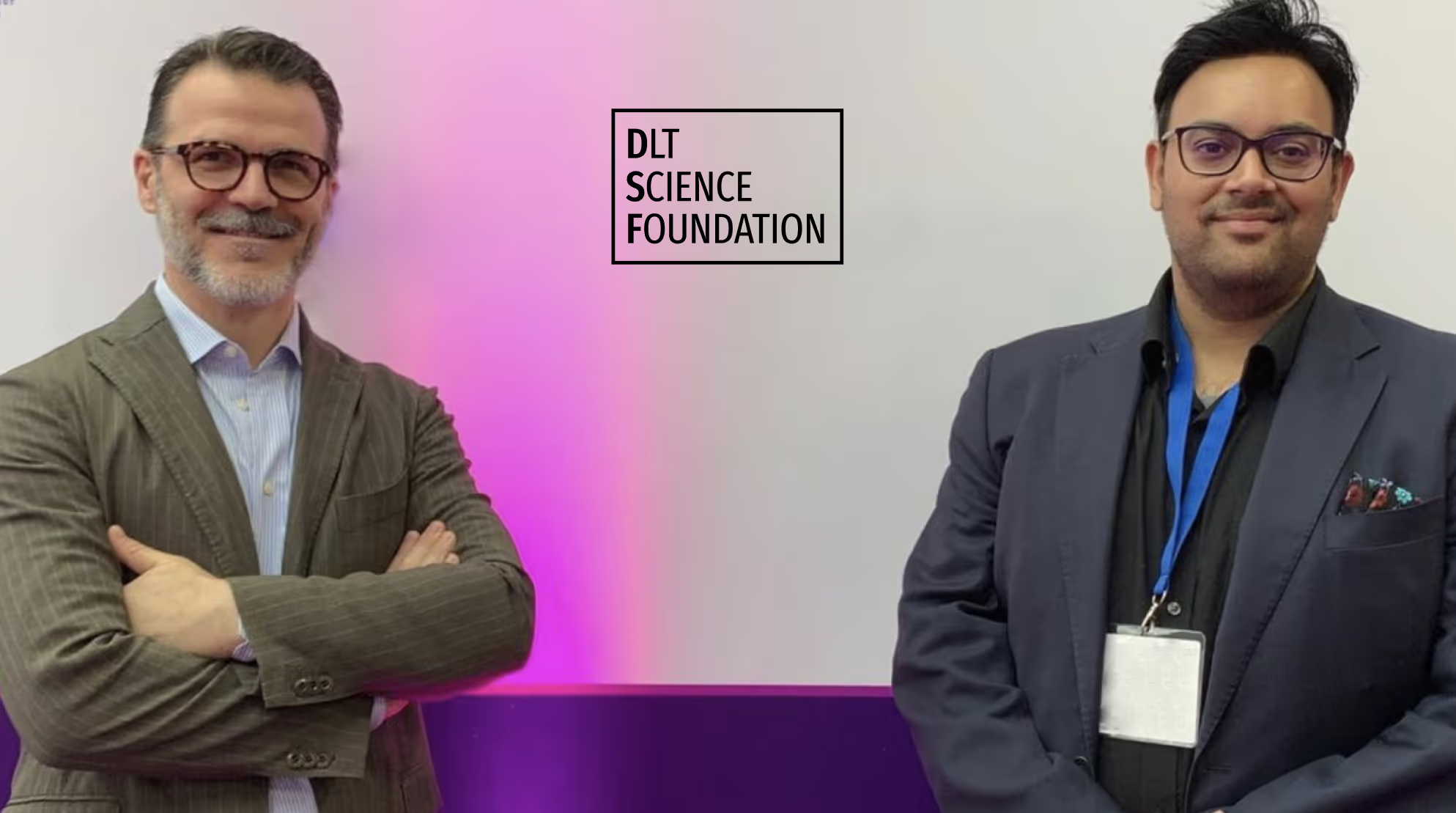The recently published paper, “REA, Triple-Entry Accounting and Blockchain: Converging Paths to Shared Ledger Systems,” by Juan Ignacio Ibañez, Chris N. Bayer, Paolo Tasca, and Jiahua Xu, delves deep into the history and progression of shared ledger systems. It sheds light on how three major pillars—Resource-Event-Agent (REA) framework, Triple-Entry Accounting (TEA), and blockchain—interacted over time and forged the shared ledger systems we are familiar with today.
Why Is This Genealogical Analysis Important?
While many associate blockchain and TEA with the cryptographic revolution, there is a rich tapestry of accounting history and research that paved the way for their inception. This research aims to correct misconceptions, address gaps, and properly recognise and credit pioneering works that have gone underappreciated.
The paper's key highlights include:
- The Under-appreciated Evolution: While double-entry accounting remained a steadfast tool for five centuries, a newer revolution was brewing from 1982 to 2008. This era ushered in shared ledger systems, a paradigm shift in accounting.
- The Interconnected Histories: The paper posits that the world of cryptography benefited from an accounting revolution. There’s a cohesive story that interlinks the works of several researchers, leading to the shared ledger systems we see today.
- The Crucial "Missing Link": Todd Boyle’s works are highlighted as the bridge between REA and TEA, a crucial connection that many have overlooked
.
By tracing the histories of REA, TEA, and blockchain, this research provides a consolidated view of their progression. It's a dive into the depths of how academic and technological breakthroughs converged, influencing one another and shaping the way we view shared ledger systems.
In Conclusion
The history of shared ledger systems is not just an account of technological advancements but also a tale of convergence, collaboration, and the relentless pursuit of a better system. The historical evolution understanding holds the key to potentiate academic debates and encourages a deeper discourse among researchers.
For those intrigued by the evolution of accounting, cryptography, and blockchain, this paper is a must-read. Discover how these domains converged and charted a path for the shared ledger systems of the future. Dive into the full research below.

.avif)
.avif)

.avif)



